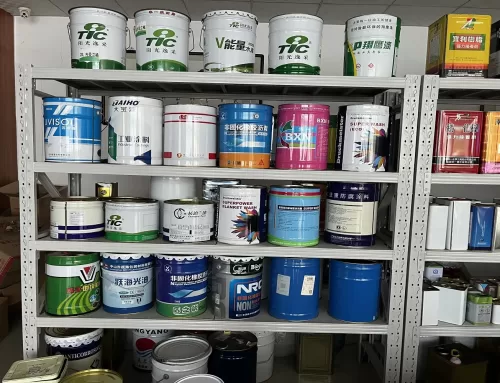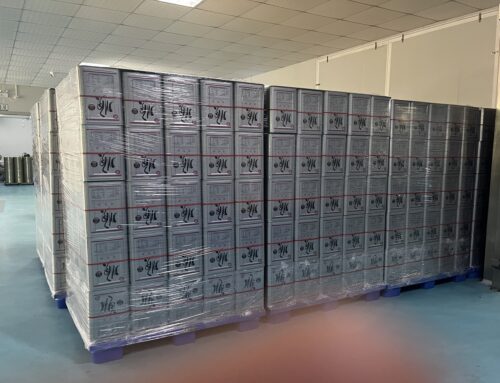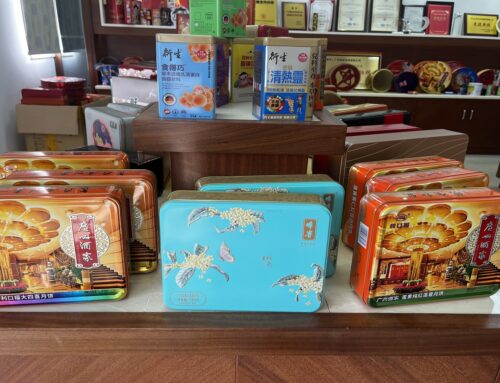1.Protection of Containers
The metal material of the tinplate can body is tinplate, and the metal materials of the top and bottom covers can be tinplate, chrome-plated iron, and aluminum. Tinplate and chrome-plated iron will rust when exposed to humid environments, especially when the tin and chrome layers are damaged during processing, storage, and transportation. Different foods contain different corrosion factors, and their corrosion abilities on aluminum, tinplate, and chrome-plated iron are much greater than water. The use of coatings can isolate the metal material from the outside world, prevent metal substrate abrasion, and prevent corrosion factors in food from corroding the substrate.
2.Decoration and Brand Promotion
Decoration and brand promotion mainly refer to the external coatings of cans. With the improvement of people’s living standards and the increasing variety of canned foods, people are paying more and more attention to the appearance quality of cans. Paper labels or anti-rust coatings on the outside of cans have been gradually replaced by exquisite external design and printing that showcase personalized needs and brand charm.
3.Food Preservation
Without coatings to prevent corrosion factors in food from corroding the substrate, the metal in the substrate will gradually transform into tin ions, iron ions, or aluminum ions, which enter the food and affect its flavor, seriously leading to failure to meet relevant food hygiene standards.
4.Help Coating Iron Processing and Forming
With the development of modern processing technology, the speed of can and lid production is getting faster and faster, and coatings play a crucial role in it. It is the slipperiness, hardness, and ductility provided by coatings that protect the substrate, making the entire production line flow quickly and smoothly.
5.Good Economic Benefits
Before coatings were used, high-tin-plated tinplate was used for food packaging to prevent rust and protect the food. Tin is a non-renewable resource that is very expensive. The development of low-cost chrome-plated iron solved part of the packaging problem for food. The development of coatings and the improvement of tinplate technology made it possible to package food with low-tin-plated tinplate, thereby reducing packaging costs.
6.Coating Requirements
(1) Good storage stability;
(2) The solvent in the coating has minimal harm to the human body;
(3) The internal coating for cans should meet relevant national hygiene standards;
(4) Easy to apply, simple to operate, and form a good coating film after baking and curing;
(5) After the coating film is formed, it should have the required adhesion, hardness, impact resistance, chemical resistance, density, and weldability with the substrate to meet the process requirements of can and lid production;
(6) After the can is sterilized and cooled, the coating film should have a good appearance and no shedding;
(7) The internal coating should not affect the flavor and color of the food;
(8) The internal coating should effectively prevent the corrosion of the contents with the substrate.




